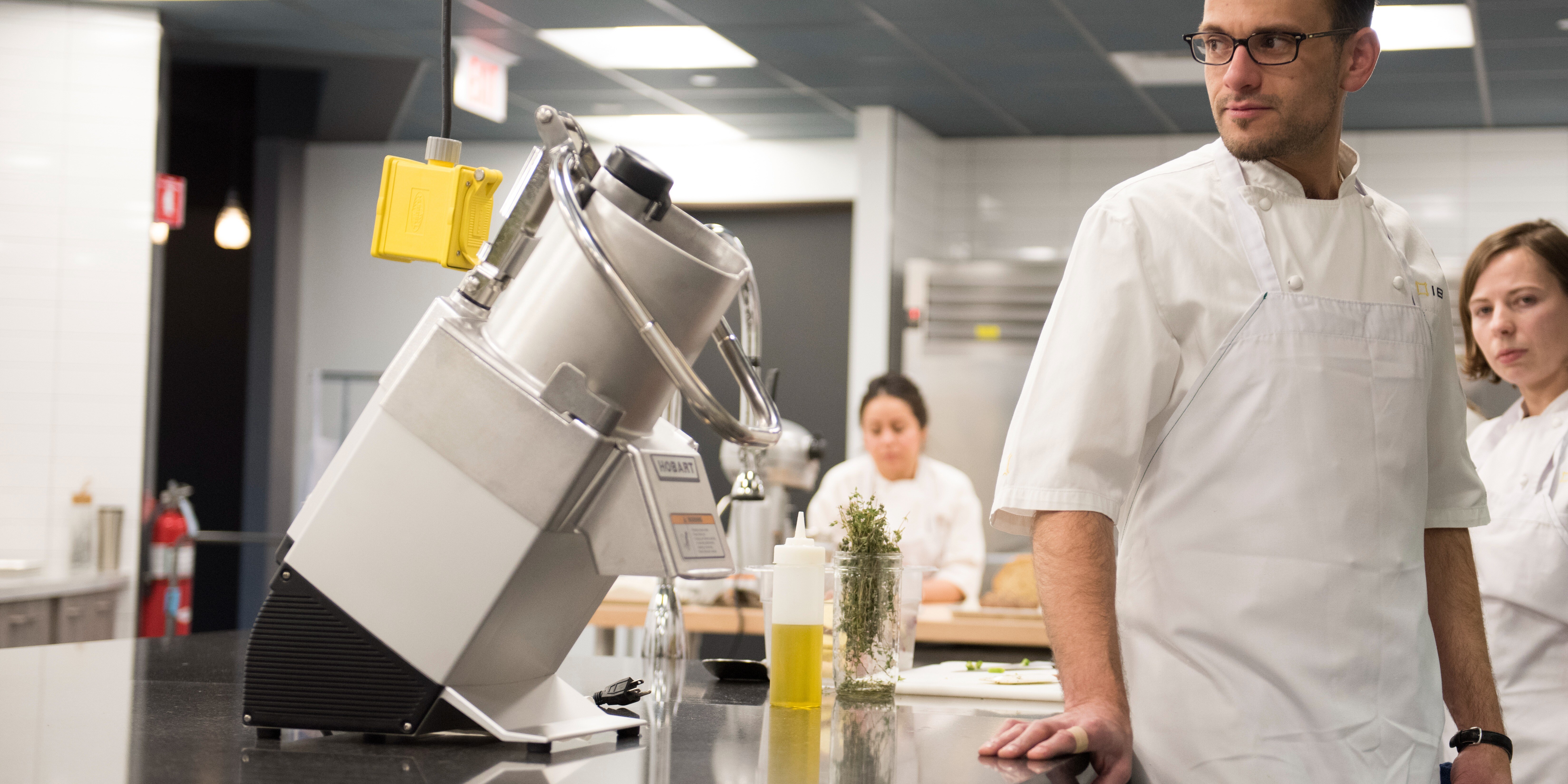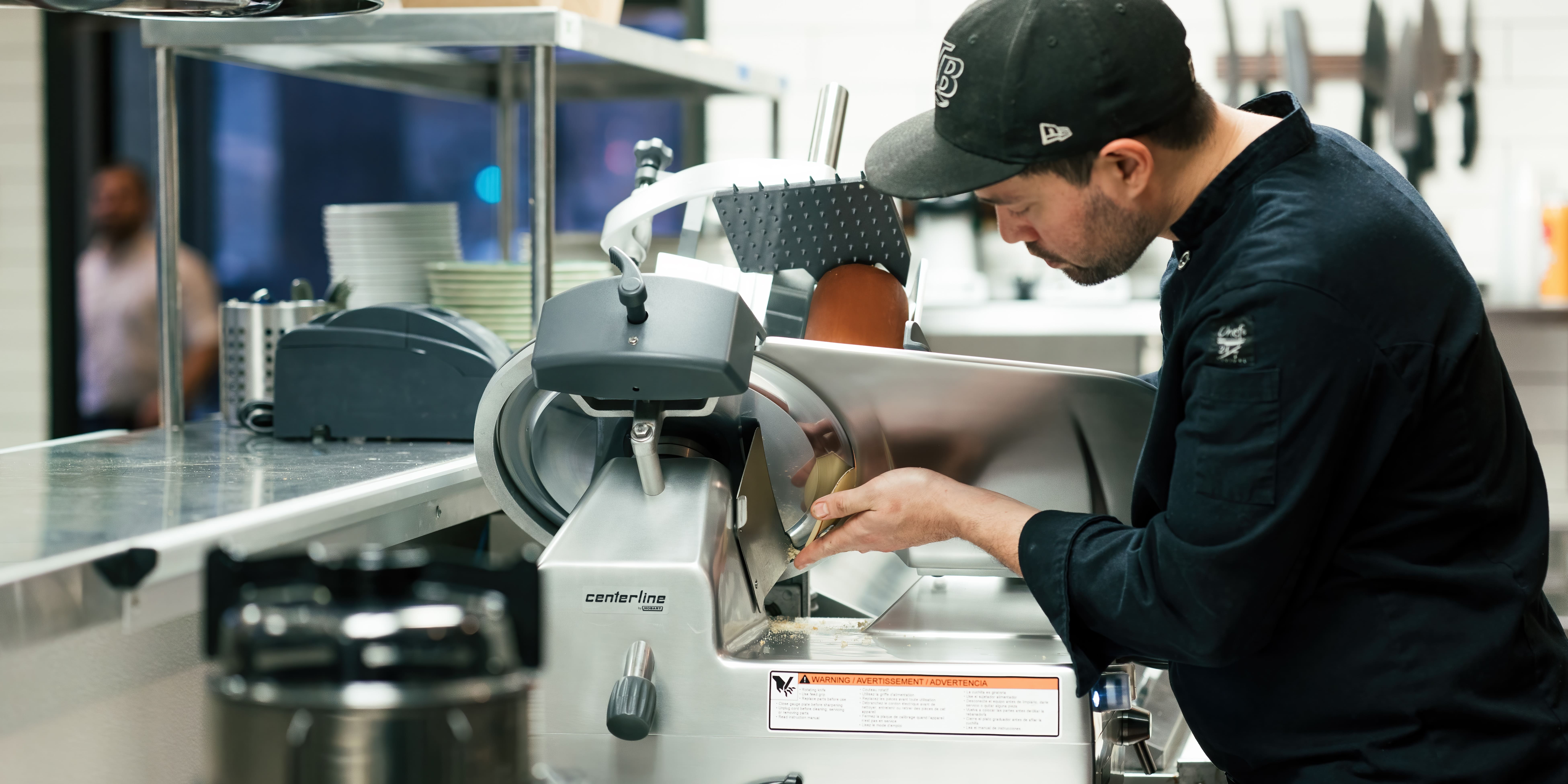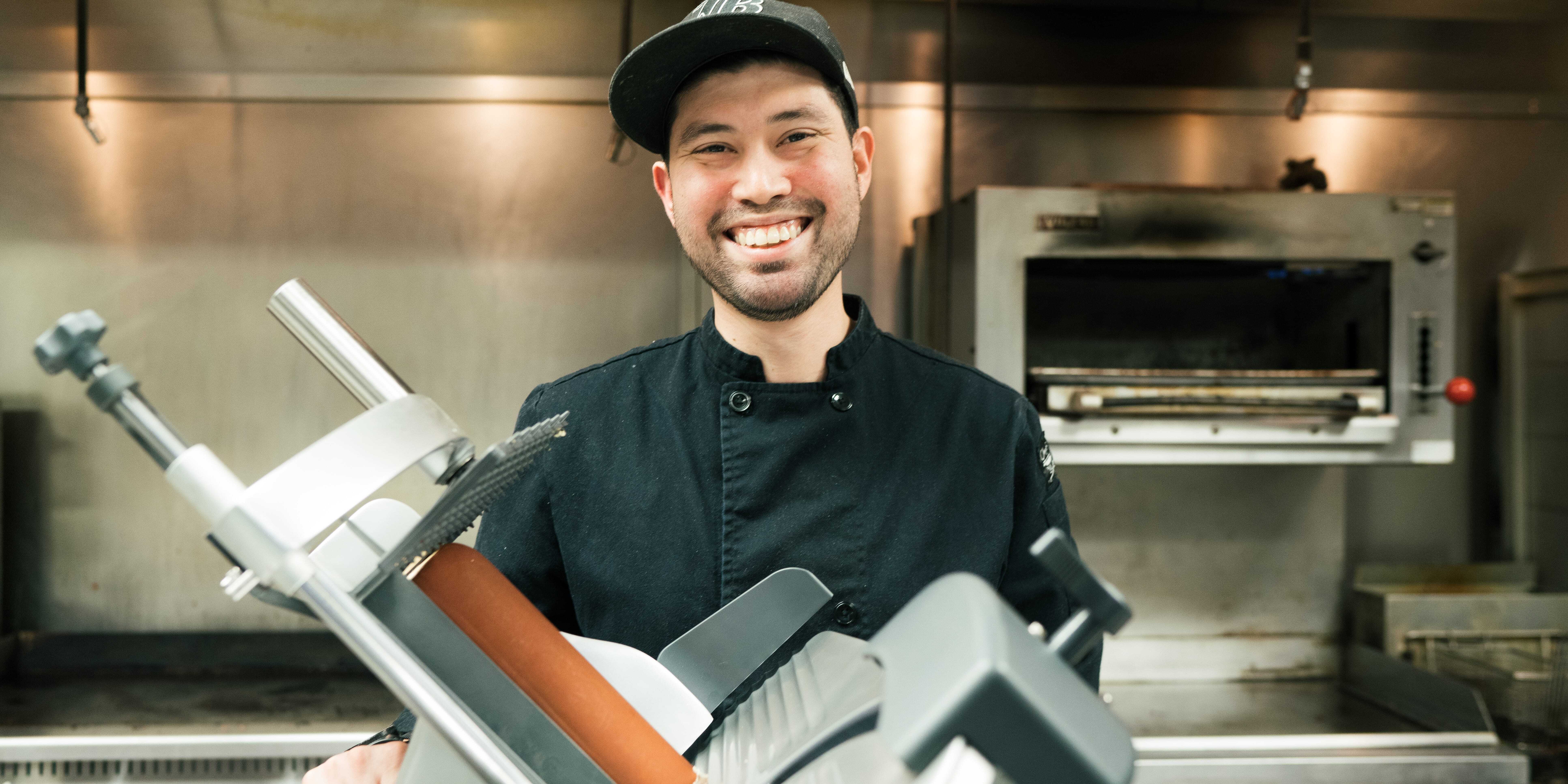Labor shortages continue to affect many K-12 school districts today, regardless of size. In some cases, they are the result of employees choosing not to return to work post-pandemic. Also, labor costs have increased across the food service industry, leaving many schools struggling to compete with local restaurants for employees; they have had to increase pay to keep employees on board or attract new ones.
School nutrition programs have also been faced rising food costs, as well as procurement challenges. School meal programs must be self-sustaining and cover their expenses through a combination of federal reimbursements, as well as sales of food in the cafeteria. Due to rising costs of food and labor, the School Nutrition Association found that fewer than 1 in 5 school programs feel the current federal reimbursement rate covers the costs of producing a lunch.
Updates to the school nutrition standards that were announced in the spring of 2024 are expected to cost schools an extra 3 cents per meal, or an estimated $206 million annually nationwide, and schools will not be receiving extra federal funding to cover this gap, which means labor is likely to continue to be a problem as costs continue to rise for school nutrition programs.
To deal with less employees, many school districts have turned away from scratch or semi-scratch cooking and implement heat-and-hold options at schools and pre-packaged fruits and vegetables — but that doesn’t have to be the case.
Having the right food prep equipment can help maximize the available labor while also bringing more fresh food options to students. And there are grants for school kitchen equipment to help offset the cost of purchasing them.
What to know
Food prep equipment, like mixers, slicer and food processors can boost efficiencies in the K-12 kitchen by speeding up food prep and allowing staff to focus on other tasks. It also maximizes the available labor so staff can augment school kitchen menus with more scratch and semi-scratch meals in less time. Being able to provide students with freshly prepared menu options brings with it a sense of pride for creating food from scratch and building staff’s skillsets.
Continuous-feed food processors can quickly prep fruits and vegetables for a salad bar and can help reduce costs. Whole produce costs less than packaged produce and lasts longer, too. That can help combat rising food prices, leaving more funding available for maintaining or attracting labor to the K-12 kitchen. The same can be said of slicers, which make quick work of slicing meats and cheeses for fresh deli sandwiches. Buying meat and cheese in bulk is also less expensive than purchasing them pre-packaged. Mixers simplify the creation of menu items like muffins or mashed potatoes and can again maximize available labor through the addition of attachments. Staff can add a vegetable slicer attachment to quickly slice fresh vegetables or a meat grinder for making sloppy joes or taco meat.
Even with these benefits, some K-12 kitchens may perceive barriers to implementing food prep equipment to address labor shortages. Will the equipment be difficult for the staff to learn to use? Will staff feel confident using the equipment? How can managers properly train staff?
Hobart provides many resources, such as videos and manuals to guide proper operation, and sales reps offer training so staff can learn to use the equipment correctly, confidently and safely. All Hobart equipment has ease-of-use and cleaning features that make operation and cleaning simple and provide operator assurance. For example, slicers have a removable knife with zero knife exposures, so staff can thoroughly clean the slicer without fear of touching the blade (see video).
Beyond concerns about training staff to use food prep equipment properly looms larger questions. What about lack of funding for K-12 kitchens? Isn’t food prep equipment too expensive?
Fortunately, there are grants available for school kitchen equipment and there is often a fast return on investment (ROI) that helps save on labor costs, too. For example, processing fruits and vegetables with a continuous feed food processor brings significant savings compared to cutting by hand. And with the rising cost and procurement issues with some pre-packaged produce, that can be an attractive investment. Visit the food processor Total Cost of Ownership calculator to see the savings.
Available grants
The U.S. Department of Agriculture (USDA) offers grants to support K-12 kitchen’s needs. The USDA equipment grants for equipment — National School Lunch Program (NSLP) Equipment Assistant Grants for School Food Authorities (SFA) — allow school districts to apply for support to purchase equipment like food processors, slicers and mixers. There are also additional USDA grants that offer support for other K-12 kitchen needs.
The School Nutrition Foundation also hosts annual grants, where members of the School Nutrition Association can apply to be awarded equipment from various manufacturers, including Hobart.
For school districts interested in implementing or improving farm-to-school programs to complement the investment in new food prep equipment, the Patrick Leahy Farm to School Grants are available. Parts of these funds cover kitchen upgrades to support the farm to school program.
So, while labor shortages continue to pose challenges to K-12 kitchens in school districts across the country, there is help to combat those while also providing fresh scratch or semi-scratch menu items to students.
About the Author
 Grace Strotman is the marketing & K-12 segment specialist for Hobart – Food Preparation Products. She has been with Hobart since 2020 and is responsible for marketing communications for the full line of Hobart food preparation equipment, with an added focus on the K-12 segment. See all her blogs here.
Grace Strotman is the marketing & K-12 segment specialist for Hobart – Food Preparation Products. She has been with Hobart since 2020 and is responsible for marketing communications for the full line of Hobart food preparation equipment, with an added focus on the K-12 segment. See all her blogs here.





-min.jpg)




